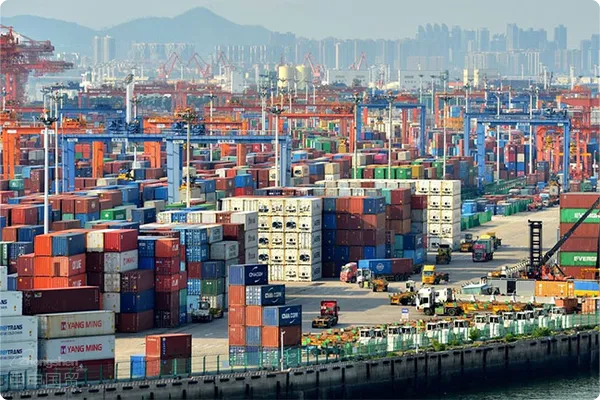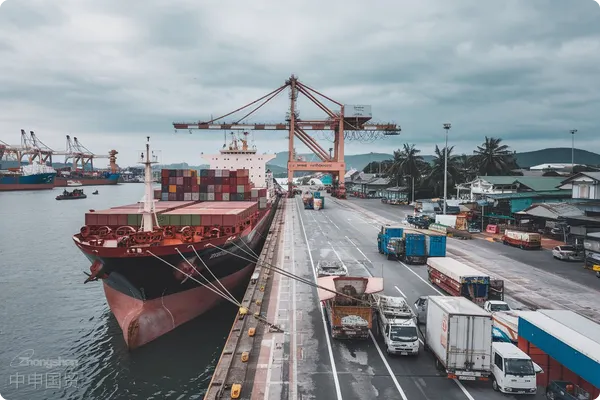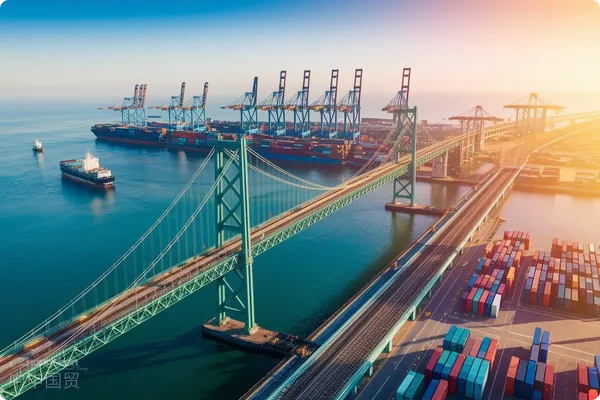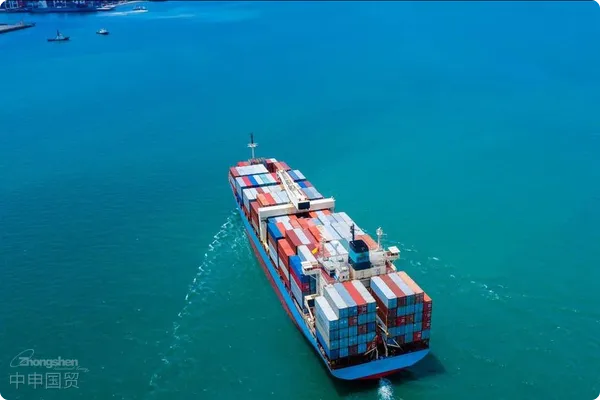- Shanghai Zhongshen International Trade Co., Ltd. - Two decades of trade agency expertise.
- Service Hotline: 139 1787 2118
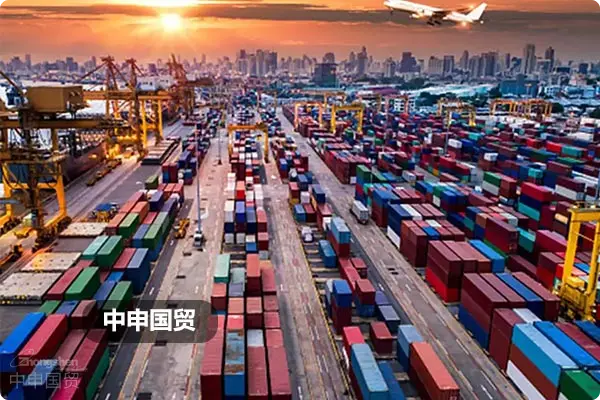
It is recommended to verify through the following methods:Core value and legal significance
In international trade practice, a Certificate of Origin is far from just a piece of paper. As the economic passport of goods, it directly relates to tariff preferences, trade statistics, anti-dumping investigations, and other important matters. According to WTOs Agreement on Rules of Origin, origin determination must follow the substantial transformation principle, which is also the key point we must grasp when handling mixed-load imports.
Origin determination standards for mixed imported goods
For imported goods mixed in tank areas, we need to consider different scenarios:
- Simple packaging scenario: If only physical mixing or simple packaging is conducted without changing the essential characteristics of the product, the origin should be traced back to the source country of the raw materials
- Substantial processing scenario: If processing procedures compliant with the Regulations of the Peoples Republic of China on the Origin of Goods (such as chemical reactions, tariff code changes, etc.) are conducted in China, the products can be recognized as originating from Chinaimport and exportMixed processing scenario
- : When imported materials are processed with domestic materials, the value-added proportion needs to be calculated, typically requiring the China-added portion to exceed 40%Compliance path in practical operations
Based on 20 years
of experience, I recommend the following compliant operation procedures:foreign tradeVerify processing technology
- Verify processing techniquesRecord in detail the process parameters such as temperature, pressure, and additives during mixed filling, as these may affect origin determination
- Collect supporting documents, foreign exchange verification and other procedures.Import Customs DeclarationComplete set of traceability documents including invoices, processing records, and quality inspection reports
- Pre-review by professional institutionsIt is recommended to obtain pre-confirmation through CCPIT (China Council for the Promotion of International Trade) or customs to avoid disputes later
- Select certificate typeRegular CO certificate applies to general trade, while FORM A certificate can enjoy GSP preferential tariff rates
Common risk warnings and prevention measures
In practice, we have handled multiple dispute cases caused by origin issues, with special attention to:
- Customs audit risksA company was required to pay back taxes and fined for declaring Malaysian palm oil as Chinese origin after simple repackaging
- Customer claim risksA Middle Eastern client claimed demurrage fees and penalties from the exporter due to origin discrepancies during customs clearance
- Trade remedy risksIncorrect origin declarations may involve companies in anti-dumping investigations
the evidence chain preservation strategyTriple protectionInternal compliance review + third-party certification + trade credit insurance
Professional advice and alternative solutions
If Chinese origin standards cannot be met, consider the following alternatives:
- Negotiate with customers to adoptProcessing tradeManual management approach to resolve tariff issues
- ApplicationRegional preferential certificates(e.g. RCEP certificates) may obtain partial tariff reductions
- ExploreBonded zone processingModel, leveraging the policy advantages of in-bond areas
Remember:Compliance is always more important than short-term gainsWe once assisted a chemical company in successfully converting imported raw materials into products meeting Chinese origin standards through process improvements, not only resolving certificate issues but also obtaining an additional 13% tariff preference
Conclusion
Handling origin issues for mixed cargo requires the rigor of solving a chemical equation. Companies are advised to establish a completeOrigin management systemIncluding full-process control of raw material traceability, processing records, certificate management, etc. When encountering complex situations, it is advisable to consult professional customs brokers or law firms, as their advice can often help you avoid potential legal risks. After all, in international trade, compliant operation is the path to long-term success.
Related Recommendations
Learn
Contact Us
Email: service@sh-zhongshen.com
Related Recommendations
Contact via WeChat

? 2025. All Rights Reserved. Shanghai ICP No. 2023007705-2  PSB Record: Shanghai No.31011502009912
PSB Record: Shanghai No.31011502009912
